
How do i train my dog to be obedient?
Watching your dog dart across the park ignoring your calls isn’t just frustrating—it can put them at risk near busy streets or public spaces.
Picture this: you're sprawled on the living room rug after work, finally relaxing with your adorable new Golden Retriever pup. You grab their favorite plush squirrel, give it a playful shake, and suddenly – chomp! Those needle-sharp puppy teeth sink into your wrist instead of the toy. Ouch! Welcome to the world of play biting, a totally normal but undeniably painful phase. Puppies explore the world with their mouths and learn bite pressure through social play with littermates – they yelp when it hurts, teaching boundaries. When they come home with you, you become their littermate. They haven't learned human skin is fragile, and that excited play energy needs redirection. The goal isn't to eliminate mouthing instantly (it's a natural dog behavior!), but to teach gentle play and appropriate bite inhibition specifically during those fun, rambunctious moments.
Forget scolding or tapping noses – those outdated methods often backfire, ramping up excitement or creating fear. Modern positive reinforcement training is the gold standard, backed by animal behaviorists and welfare organizations. Here’s your playtime action plan: First, manage the environment. Have a stash of brilliant chew alternatives (frozen Kongs, rubber teething rings, sturdy rope toys) within arm's reach before play starts. When those teeth touch skin during a game, respond instantly with a high-pitched "YIPE!" or "Ouch!" – mimicking a littermate's yelp – and immediately freeze. Stop all movement, turn slightly away, and disengage for 10-15 seconds (a crucial "play pause"). This teaches "biting skin = fun stops." The instant they back off or look confused, calmly resume play with a toy. If they lunge for skin again, stand up calmly, say "All done," and leave the play area briefly. Consistency is key: every family member must react this exact way. Reward heavily with praise and play when they gnaw on the right object. Think of it like teaching a toddler gentle hands – patience and repetition win.
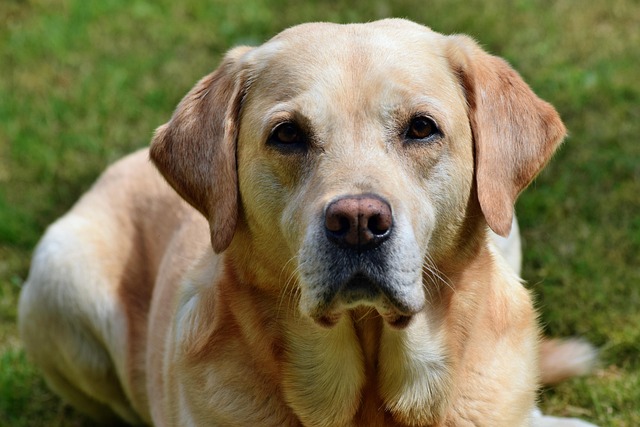
While focusing on play bite inhibition, remember your broader responsibilities, especially in shared spaces common across the US. Legally, ensure your pup completes their core vaccination series, including the legally required rabies shot – essential before venturing to dog parks or group classes. During those crucial potty training weeks (or excited play accidents), always have biodegradable bags on hand. Scooping immediately isn't just considerate; it's mandatory in most cities and prevents hefty fines. Culturally, positive reinforcement isn't just preferred; it's expected. Avoid any suggestion of physical correction like alpha rolls or muzzle grabs – these violate modern animal welfare principles and could be reported. If you live in an apartment building, be mindful of noise during play sessions. Loud yelps ("YIPE!") are necessary training tools, but try to keep exuberant playtimes reasonable for neighbors. Once your pup masters gentle play, practice good community etiquette: keep them leashed on walks unless in designated zones, always ask "Can they say hi?" before dog greetings, and respect shared pathways and green spaces. It builds goodwill and keeps everyone safe.
Teaching gentle play is about clear communication and managing excitement, not punishment. With consistent positive reinforcement during those energetic bursts, you’ll transform those painful nips into soft, playful mouthing (or better yet, focused toy chewing!) while strengthening your bond. It takes practice, but those gentle play manners are absolutely within reach.

Watching your dog dart across the park ignoring your calls isn’t just frustrating—it can put them at risk near busy streets or public spaces.

New puppy owners often find themselves rushing to clean up accidents before they set in, and that’s where puppy pad training becomes a game-changer.
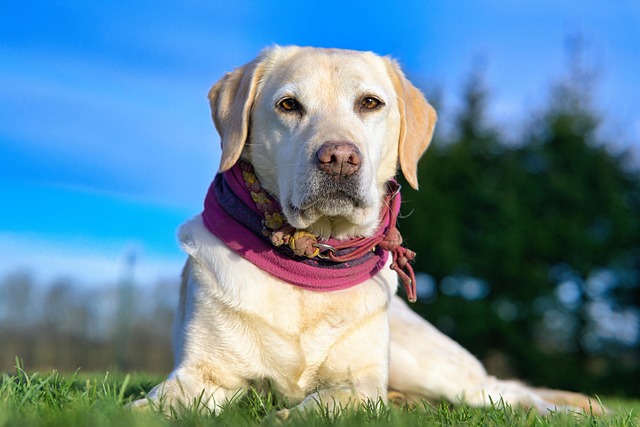
If you've noticed your dog's waistline disappearing and your veterinarian has mentioned those few extra pounds, your first instinct might be to simply reduce the amount of food in their bowl.
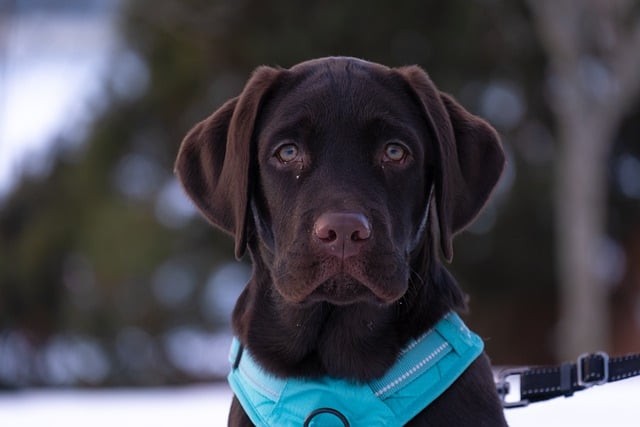
Training a dog to use a designated spot indoors isn’t as daunting as many new owners fear, but it does take consistency and an understanding of your pet’s needs.
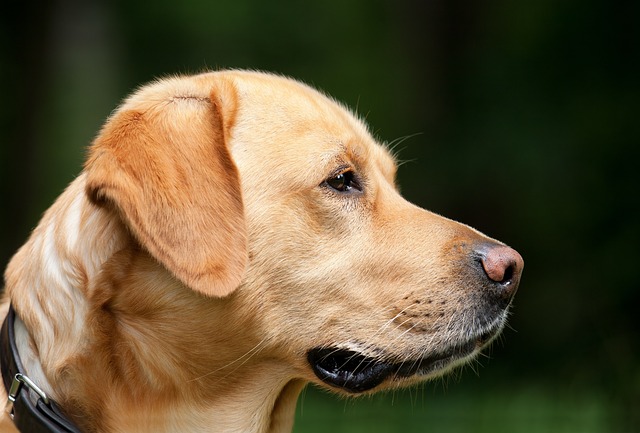
That moment of dread on a walk is all too familiar for many new dog owners. You see another dog approaching down the sidewalk of your neighborhood
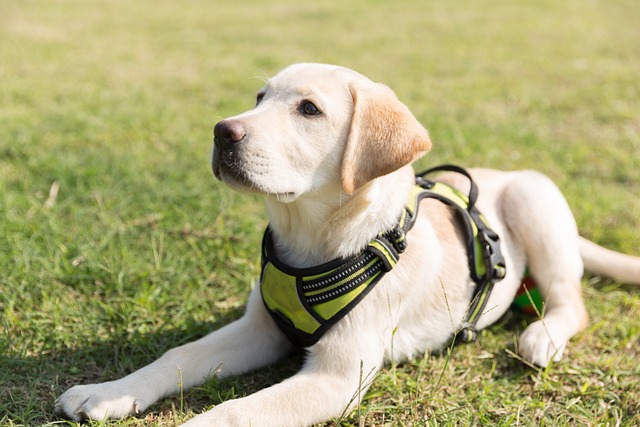
If the sight of another dog on your neighborhood walk makes your heart sink as your own dog erupts into a frenzy of barking and lunging, you're not alone.